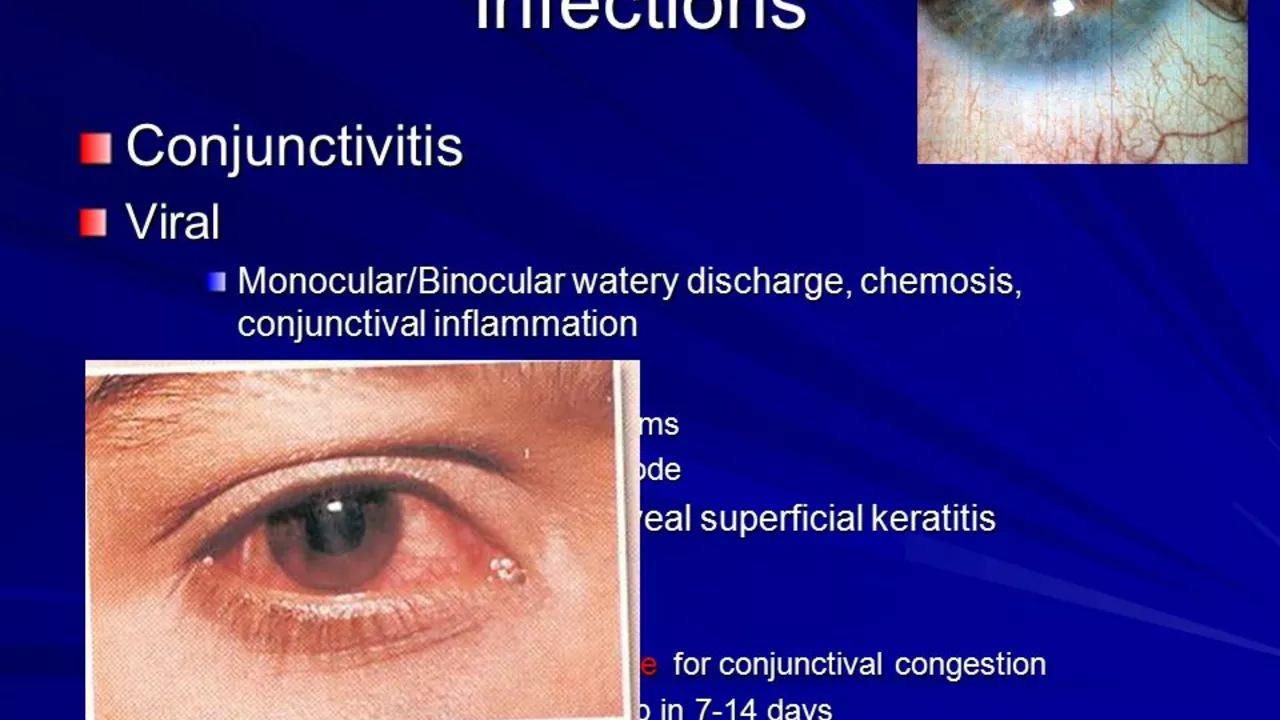Prevalence: what "how common" means for medicines and care
Prevalence tells you how many people in a group have a condition at a given time. It’s a simple idea but it changes how doctors, pharmacists, and health systems plan care. When you see a prevalence number, you want to know what it refers to: one moment in time, a whole year, or lifetime experience?
Here’s the quick hit: prevalence = cases / population. But the details matter. Point prevalence counts people with the disease right now. Period prevalence counts everyone who had it during a time window. Lifetime prevalence counts anyone who ever had it. Those differences change how you interpret demand for medicines or services.
Prevalence is not the same as incidence. Incidence measures new cases over time. If incidence is high but prevalence stays low, many people recover or die quickly. If prevalence is high, a lot of people live with the condition and need ongoing treatment, follow-up, or long-term medication.
How to read prevalence numbers like a pro
First, check the study population. Is the data from a country, a region, or a single clinic? A prevalence number for one age group won’t apply to another. Next, look at the date and diagnostic criteria. Older surveys or looser definitions can inflate or undercount cases.
Ask about methods: was the data from self-reported surveys, clinical records, or lab tests? Self-report is cheap but less precise. Lab-confirmed studies are stronger but cost more and cover fewer people. Also note whether results are age-adjusted—age structure changes raw prevalence a lot, especially for diseases tied to aging.
Use confidence intervals and sample sizes. A prevalence of 2% with a wide confidence interval means the estimate is uncertain. Small studies can mislead; large national surveys give stronger guidance for planning supply and policy.
Practical uses for prevalence data
If you're a pharmacist, prevalence helps predict drug demand. High prevalence of chronic conditions like hypothyroidism or hypertension means steady prescriptions and stocking needs. If a condition has low prevalence but sudden spikes, plan for short-term surges instead of permanent inventory changes.
For patients, prevalence helps set expectations. If a condition is common, you’re not alone and more support options likely exist. For prescribers, it guides screening decisions—common conditions often justify routine checks in certain age groups.
Want to act on prevalence figures? Compare multiple sources, check recent national surveys, and factor local demographics. If data is scarce, look at neighboring regions or specialty registries as rough guides.
Explore our tagged articles to see prevalence applied to real conditions and medications. Each post breaks down what the numbers mean for treatment choices, safety, and access to care.

- 12 Comments
As a blogger, I've recently been exploring the connection between climate change and allergic conjunctivitis. It's becoming increasingly clear that as global temperatures rise, so does the prevalence of this irritating eye condition. The main reason behind this is the extended pollen season, which exposes more people to allergens for longer periods of time. In addition, higher CO2 levels can cause plants to produce more potent pollen, further exacerbating the problem. This just goes to show that climate change not only threatens our environment, but also has a direct impact on our health.
